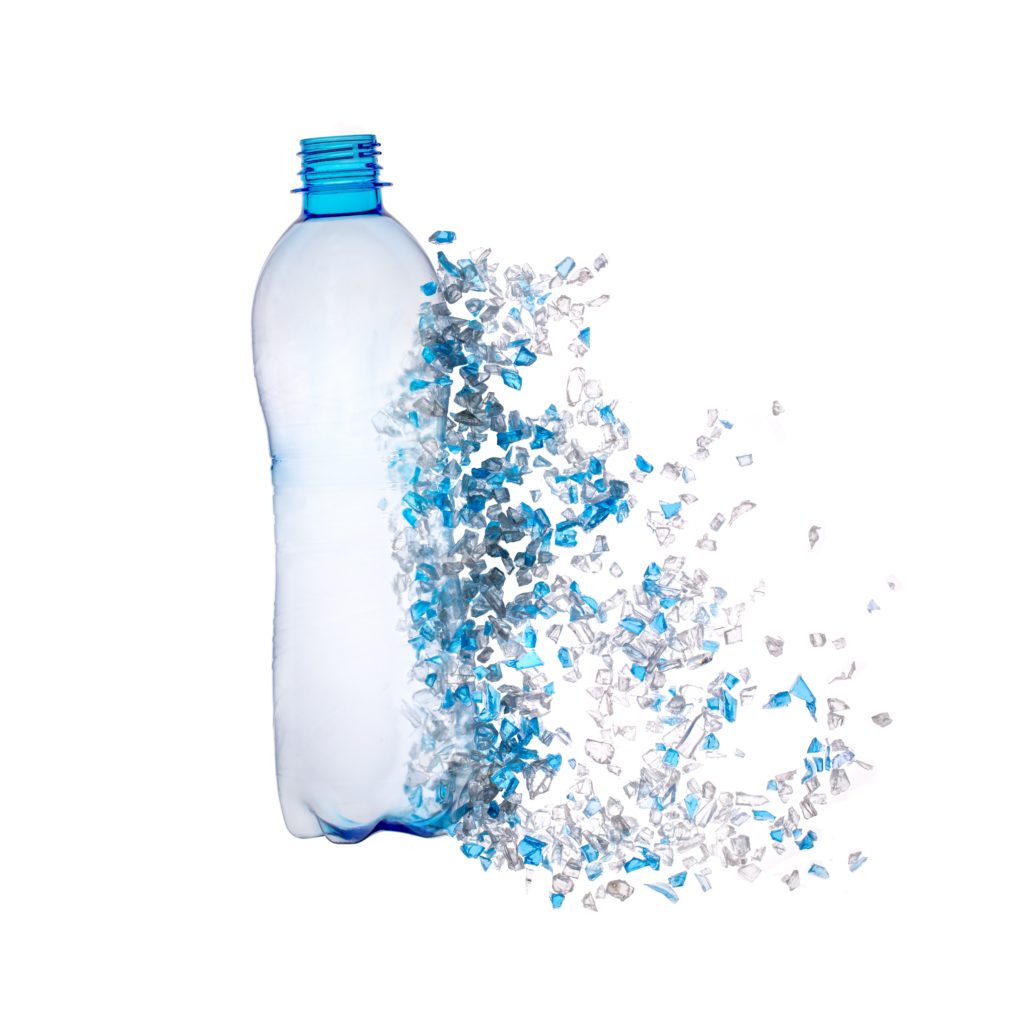The organisation is funded through Defra's BREW programme to reduce the amount of waste going to landfill by matching up waste producers with potential users for the waste they produce.
” Looking at the first quarter targets, we are bang on target for the year. “
– Peter Laybourn
Last year saw several targets narrowly missed, including the target to divert 900,000 tonnes of waste from landfill.
Programme director and founder Peter Laybourn said this had been because the organisation received only a third of the 6 million funding it was expecting for the year.
He said: “We nearly hit our first year target despite only getting a third of the funding that we had hoped for. The targets were based on 6 million funding but in the first year we received 2.6 million.”
The organisation added that as a result in its limited funding, its original targets were subsequently reduced by Defra to an overall diversion of 300,000 tonnes.
“On target”
This year, the organisation has received its full funding package, and those running NISP believe it is already showing signs of hitting its full targets.
Unveiling results for the first three months of 2006/07, Mr Laybourn told letsrecycle.com: “Looking at the first quarter targets, we are bang on target for the year.”
One of its key targets is to divert 100,000 tonnes of waste from landfill in each of its nine UK regions. The first quarter results for 2006/07 suggest that 201,712 tonnes has been diverted overall, and NISP is predicting it will exceed one million tonnes of landfill avoidance for the whole year.
NISP's achievements are audited by Birmingham-based market research consultancy Databuild, and suggest that over 19 million of additional sales have been achieved for industry already in 2006/07. This already exceeds the year's target of 12.2 million.
The organisation has also said it has eliminated over 200,000 tonnes of hazardous waste so far this year and encouraged 9 million worth of private investment.
NISP was set up in 2003 with support from the Onyx Environmental Trust. It originally operated in the West Midlands alone, but has gradually expanded to encompass nine regions in England with the help of BREW funding, becoming a national organisation in 2005.
It has also set up sister organisations in Scotland and Wales, with Northern Ireland set to have its own symbiosis scheme soon. The Republic of Ireland is the next target for NISP.
Waste exchange
Many in industry see NISP essentially as a kind of waste exchange, bringing companies that need certain materials together with those that produce such materials as a “waste”. However, Mr Laybourn said describing the organisation as a “waste exchange” was virtually a sackable offence in his office.
He explained: “A waste exchange tends to be single transaction – a company has a table to give away, another company takes it – they may not ever meet face to face.
| Related links: |
“What we are doing is introducing companies to one another and trying to get relationships started. We will help a company with a useful by product meet a company that can use that product and begin working together on a long-term basis. We then encourage them to do more of this kind of activity,” he explained.
Mr Laybourn added that some waste materials needed treatment before they could be passed on, and that often four or five companies could become involved in a single exchange.










Subscribe for free